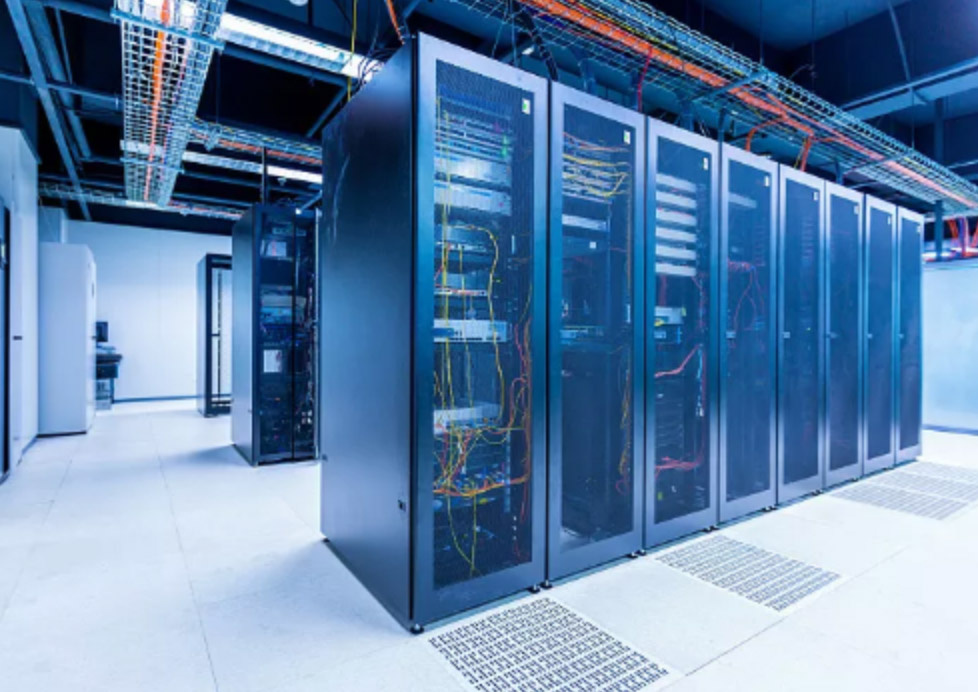20+
Global Branch
300+
Domestic Channel Partners
300+
Overseas Channel Partners
100+
Countries and Regions Covered by Business

In the early stages of industrial network products, the main focus was on the electrical, physical, and structural characteristics of industrial switches. Nowadays, industrial networks are developing towards intelligence, flexibility, and efficiency while standardizing hardware conditions. In addition to focusing on hardware, it also increasingly values software features such as network management, ring switching, redundancy, QoS, platform, etc. At the same time, more comprehensive solutions are also needed in industries such as electricity, transportation, and energy

Ensure system stability, security, and reliability

Implement network redundancy backup guarantee

High bandwidth, low latency, suitable for transmitting large amounts of monitoring data and high-definition videos
In order to further improve distribution efficiency, distribution reliability and service levels, as well as promote information interaction, power grids in various regions are being constructed around important links such as power generation, transmission, transformation, distribution, power consumption and dispatch, as well as informatization aspects.
Highway tunnel monitoring systems can usually be classified according to various subsystems, including lighting systems, ventilation systems, traffic guidance systems, fire alarm systems, fire control systems, emergency telephone systems, broadcast systems, etc.
The communication equipment has reached industrial-grade standards and can operate normally in harsh environments such as wide temperatures, dust, humidity, and high protection, and can effectively resist strong battery interference. The network topology adopts multi-ring technology to ensure the stability and reliability of real-time communication services.


Enter your email below to be the first to know about new collections and product launches.
© Foredge
Select an available coupon below
Don't have an account yet? Sign up for free
Please enter your username or email address. You will receive a link to create a new password via email. Remember now? Back to login
Already have an account? Log in